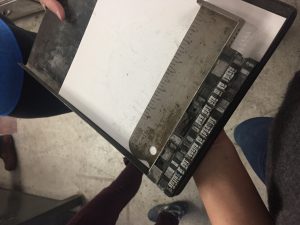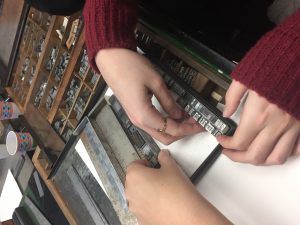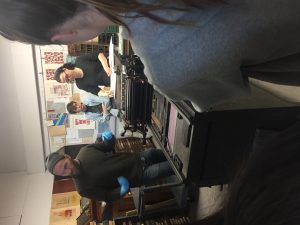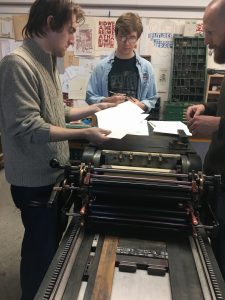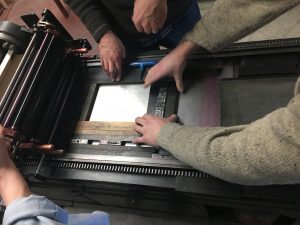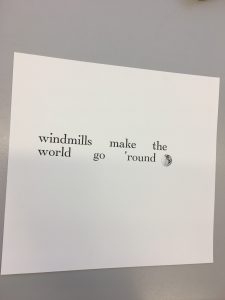It was interesting in class today to see everybody’s cover designs– I always love to see what different people come up with for creative tasks like that. As much as I enjoyed seeing them, though, it did strike me that the same imagery was present in each: Quixote and either a book, a windmill, or both. That held for all of the covers we saw earlier in the slideshow, as well. These are effective images for sure, and there is a lot lot of creative expression to be had in the way they are combined, but it seems strangely limiting that this pattern held for every single cover we saw or created.
So here’s the question: is it cliché or is it shorthand? I mean, I suppose that’s what a cliché is already, a way to let a reader or viewer on on something without their having to analyze it. It’s when things like that are overused that we take issue with it. And I do think it’s arguable that a 100% rate of occurrence is overuse. So what’s the alternative?
I’ve been trying to think of a different image that might pack a similar punch on a Don Quixote cover, and it’s not easy without having read the entire book. Besides, it doesn’t do to be too obscure just to try and avoid cliché. I once saw an edition of Les Misèrables that had a painting of some boots on the cover. Like, I’m sure somewhere in there they must mention boots. They mention everything else. But why boots? it gives the reader no information and no lense to read through, no comment on the plot or meaning, nothing to focus on– just something that looks kind of old and is probably worn. Sometime. So, a balance must be reached. If Don Quixote and a scary windmill is too specific, than a Spanish flag or a horse is too general. A book or some fire are integral enough they might work.
My favorite idea, though, was to give Sancho the cover. The poor guy deserves it, and it’s something not often seen. It would be a comment, besides, on what perspective to take. He is unarguably integral. Why shouldn’t he get as much focus as a windmill?

